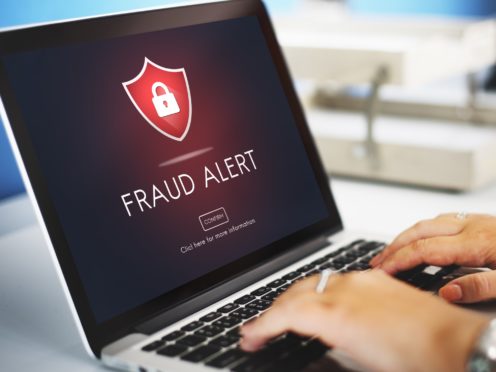
The lockdown is creating an ideal environment for fraudsters to thrive in, according to police.
Officers have reported a four-fold increase in scams, with total losses in recent weeks topping £1 million.
Scams range from emails that come loaded with malware or that divert you to phishing sites, to criminals knocking on front doors and offering to go shopping for people who are self-isolating.
Online shopping scams are also doing the rounds and involve sought-after items such as face masks and hand sanitiser offered from fake websites.
The latest scams to beware of include:
Fake lockdown fines: A bogus text message saying you have been fined for stepping outside during the coronavirus lockdown. It claims to be from the government, telling the recipient and they must pay a fine or face a more severe penalty.
HMRC goodwill payment: A fake message designed to steal your account details that begins, “As part of the NHS promise to battle the Covid-19 virus, HMRC has issued a payment of £258 as a goodwill payment”.
Fake WhatsApp request: A new scam could grant hackers access to your WhatsApp account. Someone who knows your phone number will request you register your WhatsApp on a different device. When a verification code is sent, the hacker will then try to coax you into forwarding the code to them. They use this to hack your account.
Gareth Shaw, of consumer group Which?, said: “Criminals are exploiting the chaos, so it’s important consumers are on their guard when they receive texts claiming to be from their bank or other trusted organisations, especially those asking for personal or financial info.”

Enjoy the convenience of having The Sunday Post delivered as a digital ePaper straight to your smartphone, tablet or computer.
Subscribe for only £5.49 a month and enjoy all the benefits of the printed paper as a digital replica.
Subscribe